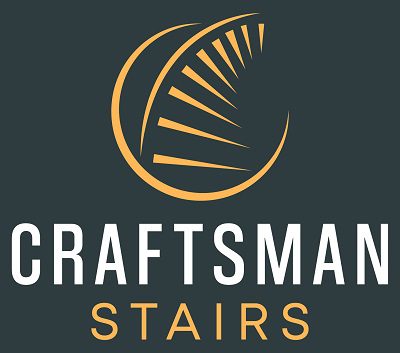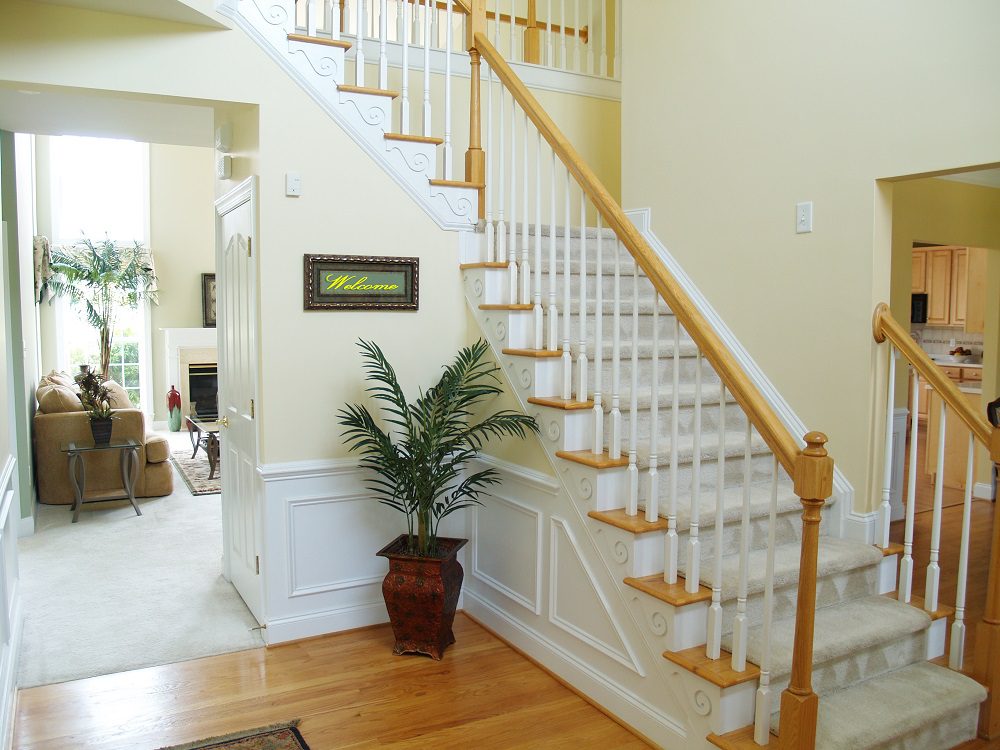Stair regulations may not be the most thrilling topic, but they are a crucial aspect of building safety and compliance in Queensland, Australia. Whether you’re a homeowner planning a staircase renovation or a builder embarking on a new project, understanding and adhering to QLD’s stair regulations is essential. In this comprehensive guide, we’ll walk you through the key regulations, safety measures, and tips for compliance.

Understanding Stair Regulations
Introduction to Stair Regulations
Stairs are an integral part of any building, providing access between different levels. However, if not designed and constructed correctly, they can pose serious safety hazards. Stair regulations, also known as building codes, are a set of guidelines and standards that dictate how stairs should be built to ensure safety and accessibility.
The Importance of Compliance
Compliance with stair regulations is not optional; it’s a legal requirement. Failing to adhere to these regulations can result in serious consequences, including fines, delays in project completion, and even legal action. But more importantly, compliance ensures the safety of everyone who uses the stairs.
Overview of QLD Regulations
Queensland has specific regulations governing stair design and construction. These regulations are designed to align with national standards while addressing the unique needs of the state. They cover various aspects of stair construction, including dimensions, materials, handrails, and lighting.
Key Regulations for Stair Design and Construction
Stair Dimensions and Measurements
One of the first things you need to consider when designing stairs in QLD is their dimensions. This includes the height of risers and the depth of treads. These measurements are critical for ensuring the comfort and safety of stair users.
Handrail and Balustrade Requirements
Handrails and balustrades are essential components of stair safety. QLD regulations specify the height, spacing, and strength requirements for these elements. Proper installation is crucial to prevent accidents and injuries.
Tread and Riser Specifications
The size and shape of stair treads and risers greatly impact the ease of use and safety of stairs. QLD regulations provide clear guidelines on these aspects to ensure that stairs are user-friendly and hazard-free.
Lighting and Visibility Standards
Good visibility is essential for safe stair use. Regulations in QLD address the lighting requirements for stairs, both natural and artificial. Adequate lighting helps prevent accidents and enhances the overall aesthetics of the staircase.
Ensuring Safety and Accessibility
Anti-Slip Considerations
Slippery stairs can lead to accidents, especially in wet conditions. QLD regulations emphasize the need for anti-slip measures, such as appropriate tread materials or non-slip coatings.
Accessibility for People with Disabilities
Inclusivity is a core principle of modern building regulations. QLD regulations include provisions for making stairs accessible to people with disabilities, ensuring that everyone can use them safely.
Child Safety Measures
If your household includes young children, it’s essential to consider their safety when designing stairs. QLD regulations may have specific requirements related to childproofing stairs, such as the spacing between balusters.
Compliance and Enforcement
Building Codes and Permits
Before you begin any stair construction or renovation project in QLD, it’s crucial to familiarize yourself with the applicable building codes and obtain the necessary permits. Non-compliance can lead to costly delays and legal issues.
Inspection and Certification
Once your stair project is complete, it will likely need to undergo inspection to ensure compliance with regulations. Certification from qualified inspectors is often required before the building can be occupied.
Consequences of Non-Compliance
The consequences of failing to comply with stair regulations in QLD can be severe. This may include fines, forced removal or alteration of non-compliant stairs, and even liability for accidents or injuries that occur due to non-compliance.
Stair Design Tips for QLD Compliance
Choosing Materials
Selecting the right materials for your stairs is essential for both compliance and aesthetics. QLD regulations may specify acceptable materials, but you’ll also want to consider durability and maintenance.
Staircase Layout and Design
The layout and design of your staircase should not only meet regulatory requirements but also fit seamlessly into the overall design of your home or building. A well-designed staircase can be both functional and visually appealing.
Maintenance and Longevity
Regular maintenance is key to keeping your stairs safe and compliant over time. Consider the longevity of materials and finishes when planning your staircase to minimize future maintenance costs.
Hiring Professionals for Stair Projects
Finding a Qualified Builder
If you’re not confident in your ability to design and build stairs that meet QLD regulations, it’s advisable to hire a professional builder with experience in stair construction. Look for builders who are licensed and knowledgeable about local regulations.
Getting Quotes and Estimates
Before starting any project, obtain quotes and estimates from multiple builders. This will help you budget for the project and ensure that you’re getting a fair price for the work.
Project Management and Timelines
Effective project management is essential for completing your stair project on time and within budget. Discuss timelines and milestones with your chosen builder to ensure a smooth process.
Conclusion
In conclusion, understanding and adhering to stair regulations in Queensland is not only a legal requirement but also a fundamental aspect of ensuring the safety and accessibility of your building.
From dimensions and materials to lighting and handrails, every detail matters when it comes to compliance. By following these regulations and seeking professional guidance when needed, you can create stairs that are not only safe but also functional and aesthetically pleasing.
FAQs (Frequently Asked Questions)
1. What are the consequences of not following stair regulations in QLD?
Non-compliance with stair regulations in Queensland can lead to fines, project delays, legal action, and even liability for accidents or injuries resulting from non-compliant stairs.
2. Can I design my stairs without professional help?
While it’s possible to design your stairs, it’s advisable to seek professional assistance, especially if you’re not familiar with QLD regulations. Hiring a qualified builder ensures compliance and safety.
3. Are there specific regulations for childproofing stairs in QLD?
QLD regulations may have requirements related to child safety, such as the spacing between balusters. It’s essential to check these regulations if you have young children in your household.
4. How can I find a qualified builder for my stair project in QLD?
To find a qualified builder, look for individuals or companies with a valid license and experience in stair construction. Ask for references and check their portfolio to assess their expertise.
5. What should I do if I discover non-compliance with stair regulations in an existing building?
If you find non-compliant stairs in an existing building, it’s advisable to consult with a professional builder or inspector to assess the situation. They can provide guidance on necessary modifications to bring the stairs into compliance.

